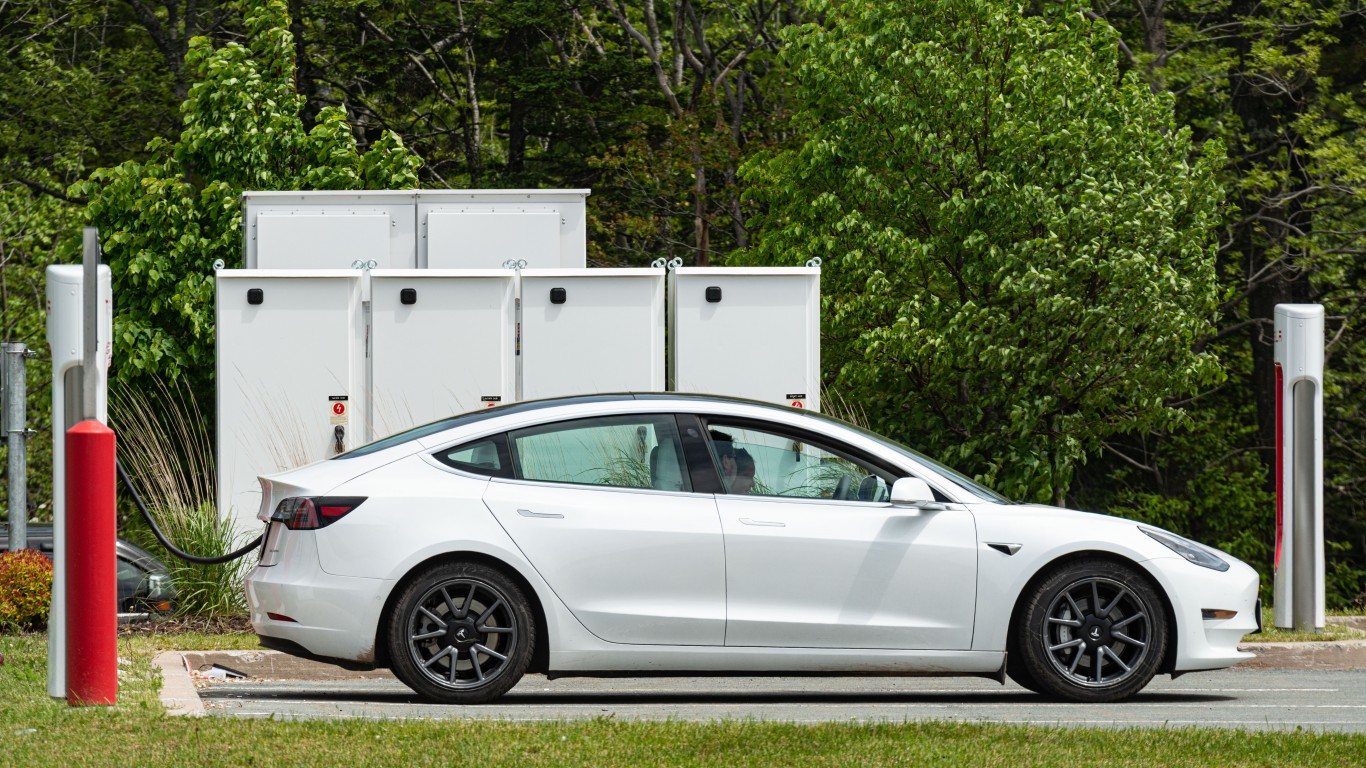
Analysts were not expecting new car sales in the United States to amount to much in the second quarter, and they were right. Analysts at Cox Automotive anticipated a 24% drop in new car sales for the quarter and a seasonally adjusted annual rate (SAAR) of sales at 12.6 million units. Last year’s SAAR for June was 17.2 million.
Stay-at-home orders to slow the spread of COVID-19 kept customers away from dealer showrooms, even with historically low financing available. The recent resurgence in cases of the virus suggests that an economic recovery could be a series of fits and starts rather than a smooth line moving up and to the right.
On Wednesday, General Motors Co. (NYSE: GM) reported a second-quarter year-over-year drop of 34% in total sales to 492,489 units. Retail sales fell by 24%. GM noted that retail sales were down by 35% in April but that sales picked up in May and June, falling by 20% or less in both months.
Fiat Chrysler Automobiles N.V. (NYSE: FCAU) also reported quarterly sales results on Wednesday. Total sales fell by 39% year over year to 367,086 units. As was the case at GM, sales picked up in May and June after a devastating April.
Ford Motor Co. (NYSE: F) reported second-quarter sales Thursday morning. Compared to the same period last year, Ford sales fell by 33% to 433,869 units. Total retail truck sales were down just 0.4% year over year, while retail sport utility vehicle sales were off by 22% and retail sales of passenger cars fell by nearly 35%.
GM’s best-selling Silverado LD light-duty pickup saw sales dip by 18.6% to 89,465 units. Including sales of its Silverado HD and MD pickups and the Sierra HD and LD models, truck sales totaled 176,256 units. The midsize Colorado and Canyon pickups added 25,068 to truck sales totaling 201,324 units. In the second quarter of last year, GM sold 242,899 trucks.
Ford’s F-Series sales fell by 22.7% to 180,825 units in the second quarter, while the midsize Ranger saw sales rise by nearly 20% to 25,008 units. Overall, including vans and heavy trucks, Ford’s truck sales fell by 26.6% to 237,891 units.
FCA’s Ram pickup trucks saw a sales drop of 35% to 117,448 units, and the company’s total Ram sales, including vans, dropped by a like percentage to 127,684.
Cox Automotive’s analysts noted that, unlike previous recessions, the coronavirus pandemic hit both automakers and consumers at the same time. As buyers returned to the market in May and June, automakers were short of inventory and the supply of new vehicles for sale has been limited.
The bad news for carmakers and dealers is that uncertainty among consumers may stifle sales during the peak summer and early fall buying season.
The lackluster reports from the Detroit Three have been more than offset in the equities markets by Thursday’s strong report from Tesla Inc. (NASDAQ: TSLA). The electric vehicle maker reported deliveries of 90,650 units in the second quarter, down just 5% year over year despite the forced closure of its California plant for 41 days.
GM stock traded up about 2.6% on Thursday, at $25.60 in a 52-week range of $14.33 to $41.90. The consensus price target on the shares is $36.94.
Ford stock traded up 1.9% to $6.10, in a 52-week range of $3.96 to $10.56. The price target on the stock is $6.20.
Fiat Chrysler traded up about 1.7% to $10.07, in a 52-week range of $6.00 to $16.25. FCA’s price target is $12.00.
Tesla stock recently traded up about 8% at $1,208.60. The 52-week range is $211.00 to $1,228.00, and that high was posted earlier Thursday morning. The consensus price target on the stock is $697.81.
Note that Tesla’s market cap of more than $224 billion is four-times that of Ford, GM and FCA combined.
Thank you for reading! Have some feedback for us?
Contact the 24/7 Wall St. editorial team.




